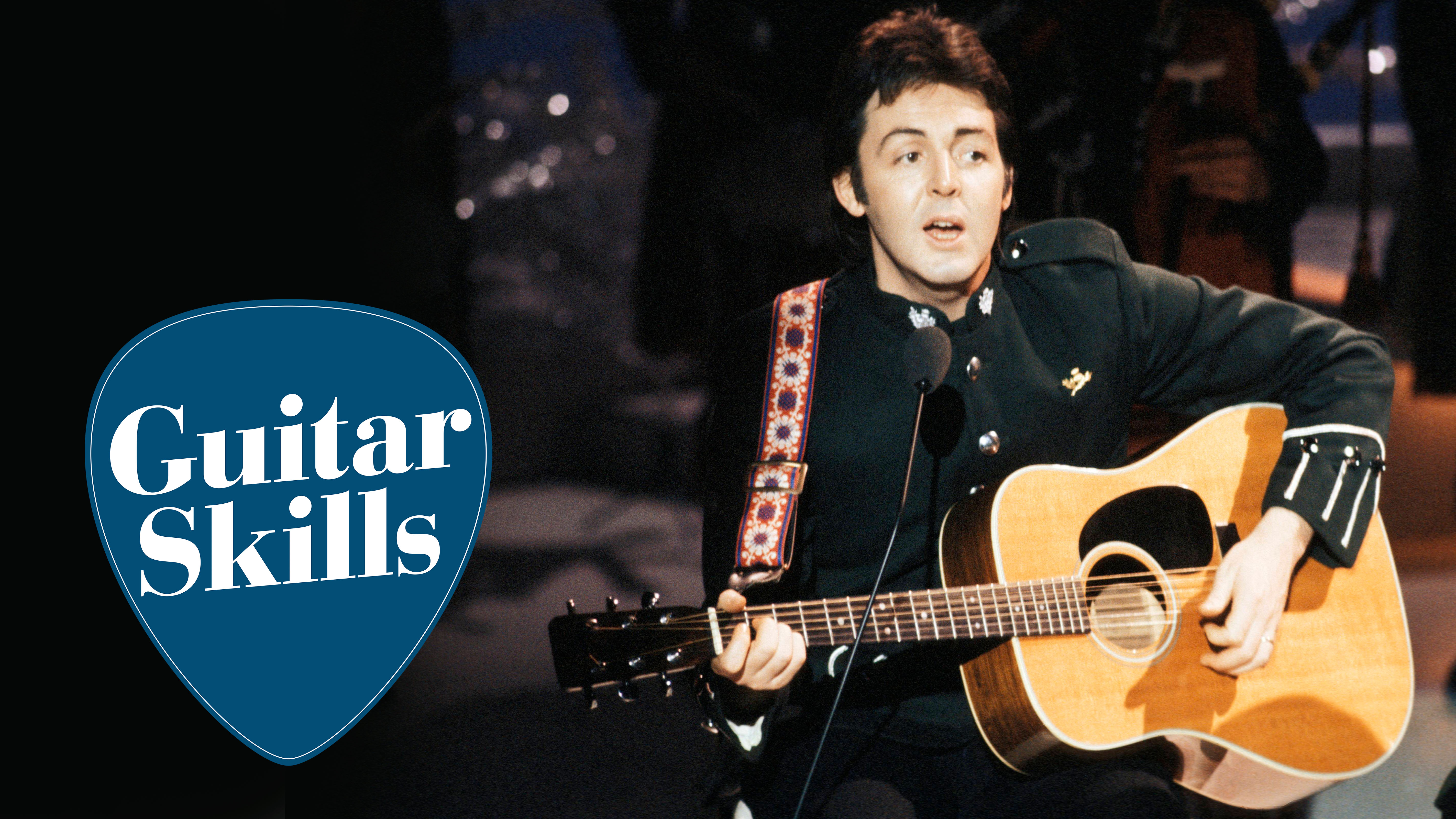
Paul McCartney, best known for his work as part of The Beatles, has written a huge array of songs in different genres throughout his career. While he is best known as a bass player, over the years Macca has dabbled in the guitar too.
There have been plenty of occasions where he has grabbed his trusty six-string on stage and in the studio and in this lesson we’re going to check out four chords from some of his solo work.
C#7
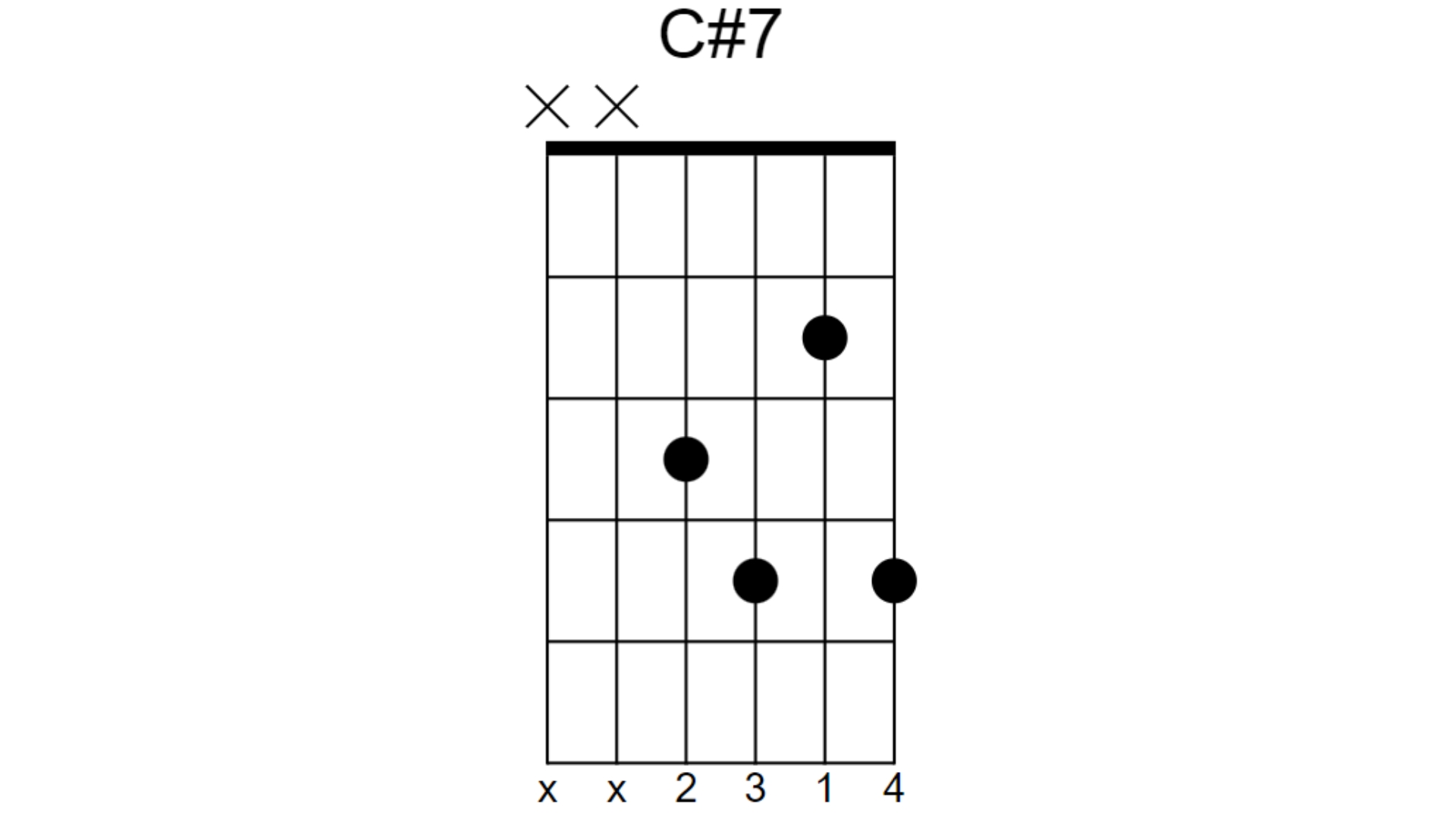
In the intro to the song Junk, we have this variation on a C#7 chord. This is a tricky voicing to play but in the context of the song is part of a descending chromatic bass line.
McCartney is an accomplished multi-instrumentalist so it wouldn’t be surprising to discover that this voicing may have come about from playing a piano style progression on guitar.
The root note in this chord is actually on the B string so if you’re transposing this as a dominant 7 voicing, that is your target note.
Fmaj7/C
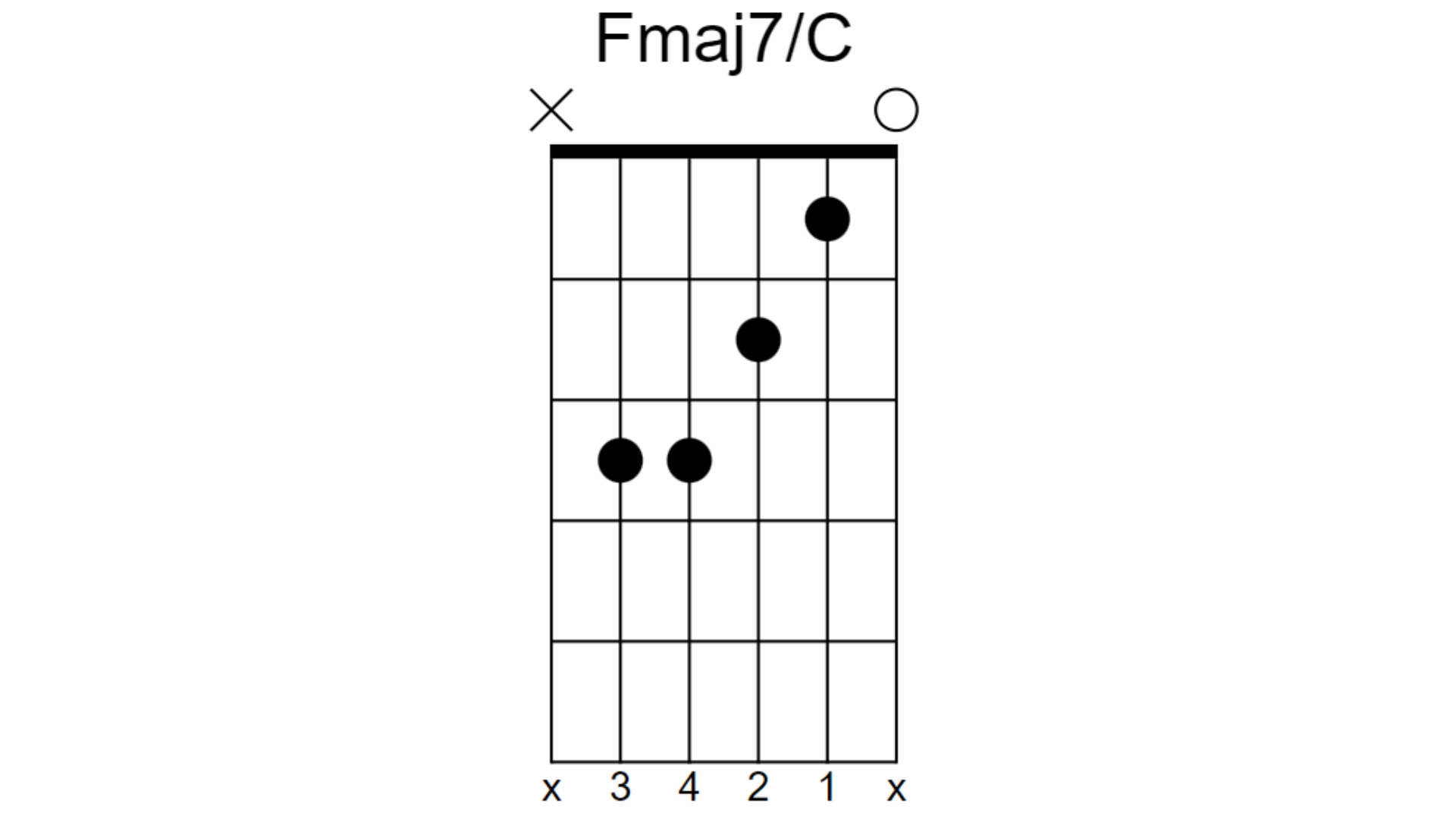
In the Wings song Band On The Run, this Fmaj7/C chord makes an appearance. This is a regular F maj7 chord with a C added in the bass.
In the verse of this song, this chord is alternated with the C chord as part of the main strumming rhythm. In this use case, it makes it an easy chord change to make because the chords have similar shapes.
Bm/A
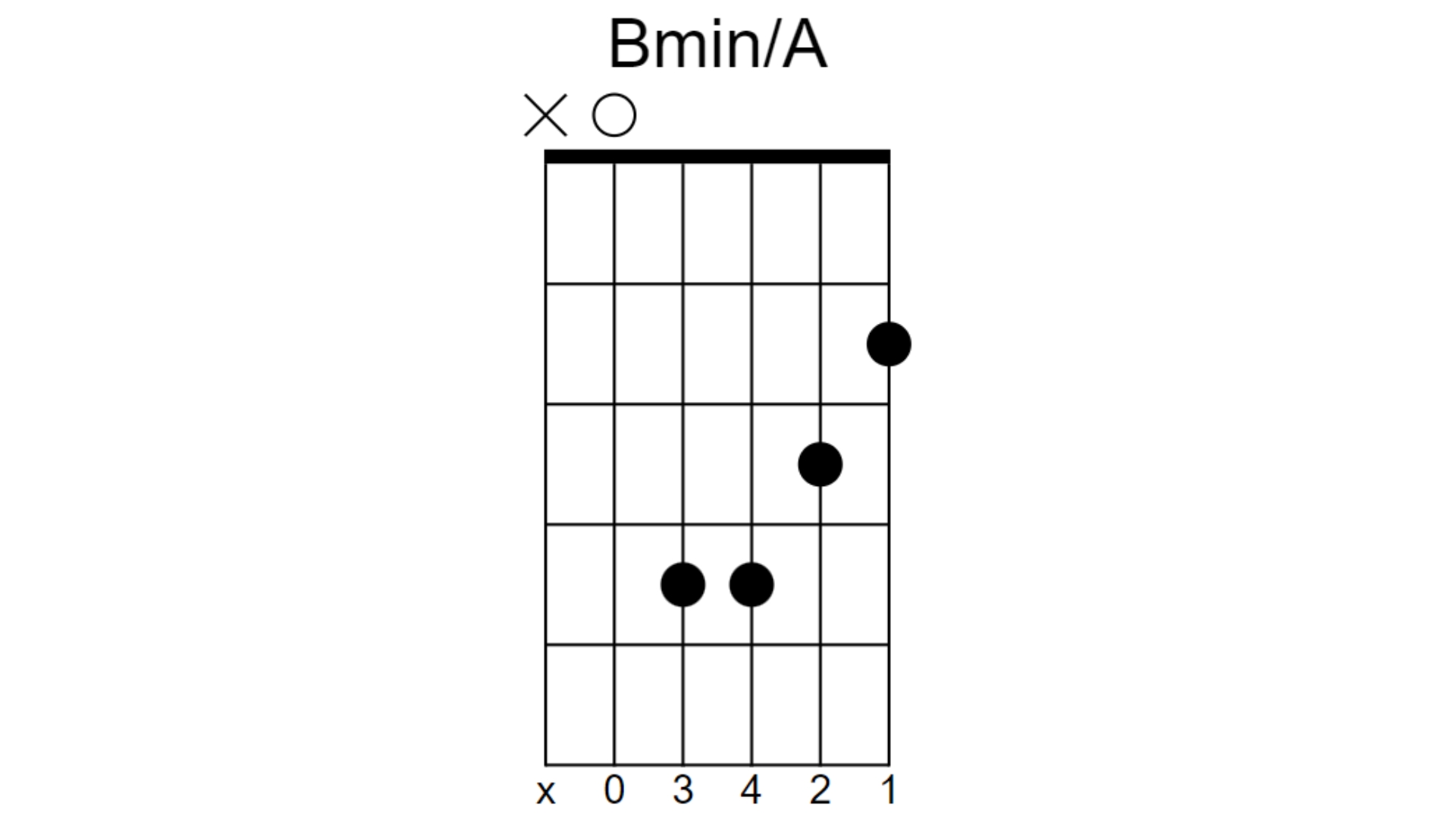
During the intro of Ebony And Ivory this Bm/A chord makes an appearance. The original is played with a capo on the 2nd fret.
This chord is based off a standard 5 string B Minor barre, but you will release the index finger on the A string and play that open.
The A note is the b7 of the B Minor scale, so this chord can also function as a Min7 chord.
E7
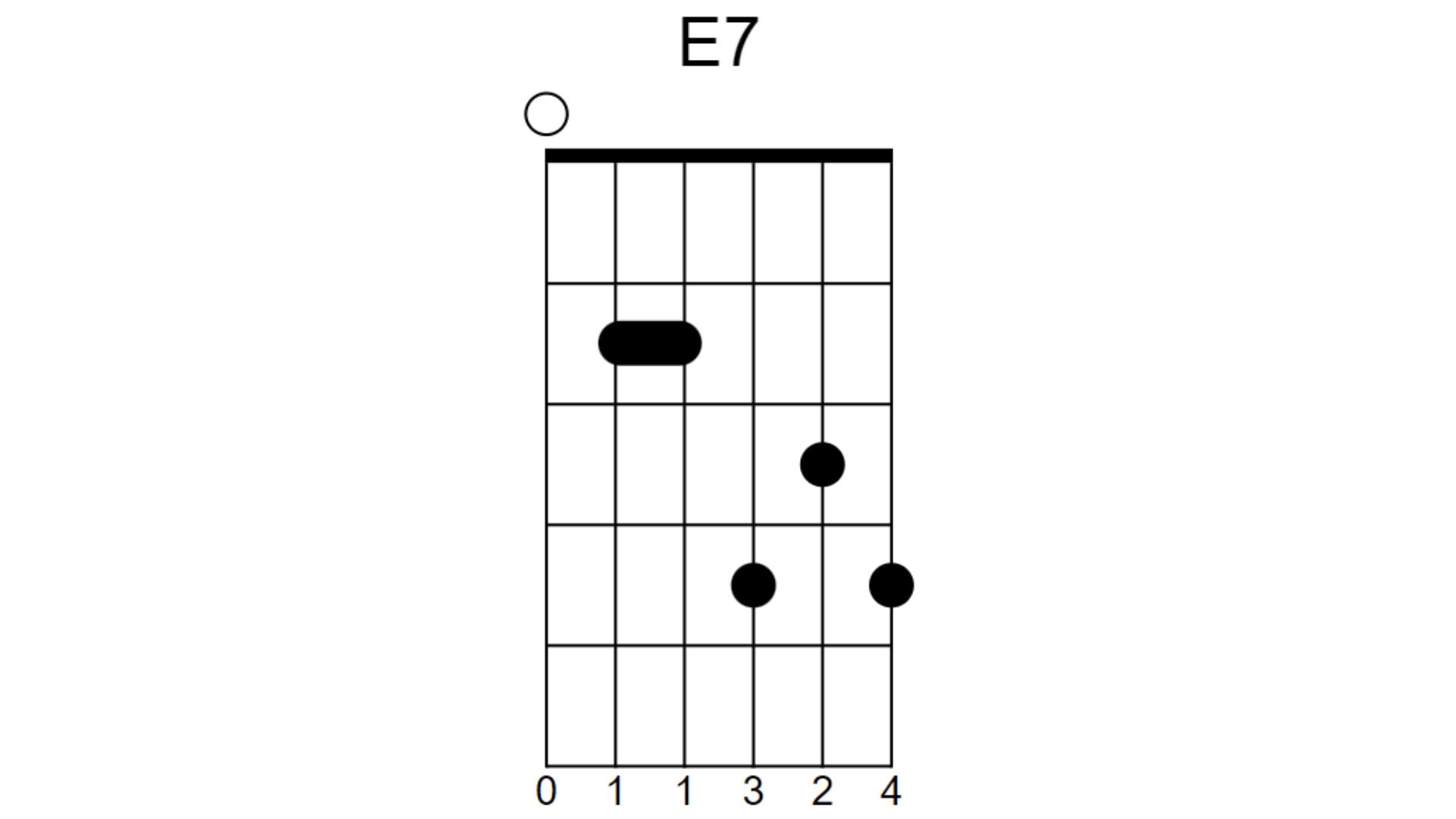
This E7 chord from the song Every Night is a very interesting voicing. This one can be tricky to play at first. You may also recognise the sound of this chord from the intro of the Beatles track I Saw Her Standing There.
Think of this chord in two parts, the first part is an E5 power chord where you will play the open Low E and the 2nd fret on the A and D with your index finger barring both.
The other part is in the shape of a D7 chord. You’ll be using your remaining three fingers to play this chord shape on the 3rd and 4th frets.







